The Enduring Enigma of Alien Big Cats
What sightings of lions in Illinois and pumas in Australia tell us about our relationship with the natural world.

In the summer of 1917, while war raged abroad, the town of Monticello, Illinois, just northeast of Decatur, found itself under siege by an inexplicable, foreign terror. On the night of Friday, June 13, Thomas Gullett, a butler, was out gathering flowers on Robert Allerton’s large estate just west of Monticello, when something emerged from the shrubbery and attacked him. The beast, Gullett later claimed, was an African lion: It pounced on the butler, toppling him to the ground, and the two grappled for a few moments before he seized it by the throat. Apparently bested, the cat broke free and escaped into the hunting grounds of Allerton’s estate, leaving Gullett shaken and bruised but miraculously alive.
The attack was a sensation. Allerton assembled a hunting party and promised $250 (about $6,000 today) to anyone who could capture or kill the beast. As news spread of the creature, nicknamed “Nellie,” sightings began to trickle in. Another man, Paul Baer, claimed to have seen it later that night. Riding in his Ford, he saw the lion cross his path and stopped to investigate. “I got out of the automobile and went over for the purpose of shooting the animal but it jumped the fence,” he told the Decatur Herald and Review. “I ran up to get closer and the men I was with yelled at me to wait as they were afraid I was in danger. I turned the spotlight and saw its body flash several times. There are three deer loose in the neighborhood and I was afraid it might be one of them, so I didn’t shoot.” Somehow, though, shots were fired, as it was later discovered that someone had fired a bullet into Baer’s car radiator.
Within a few days, panic had gripped the greater Decatur area. Sightings came in from all over, though some of them were quickly dismissed as hoaxes (a German shepherd turned out to be one such false positive, and a collie another). As word spread throughout the country, Decatur became something of a brief, national sensation. As the Herald and Review reported by the end of the following week, Nellie had “made a network of tracks over Central Illinois which, literally, have converted that portion of the state into a modern jungle. ‘Lion, lion, whose [sic] seen the lion’ has become a word of greeting.” Charles Jesse “Buffalo” Jones, the Texas big game hunter (and friend of Teddy Roosevelt) sent a telegram to local authorities stating, “For $500, I will guarantee a capture.” Apparently, the offer was declined.
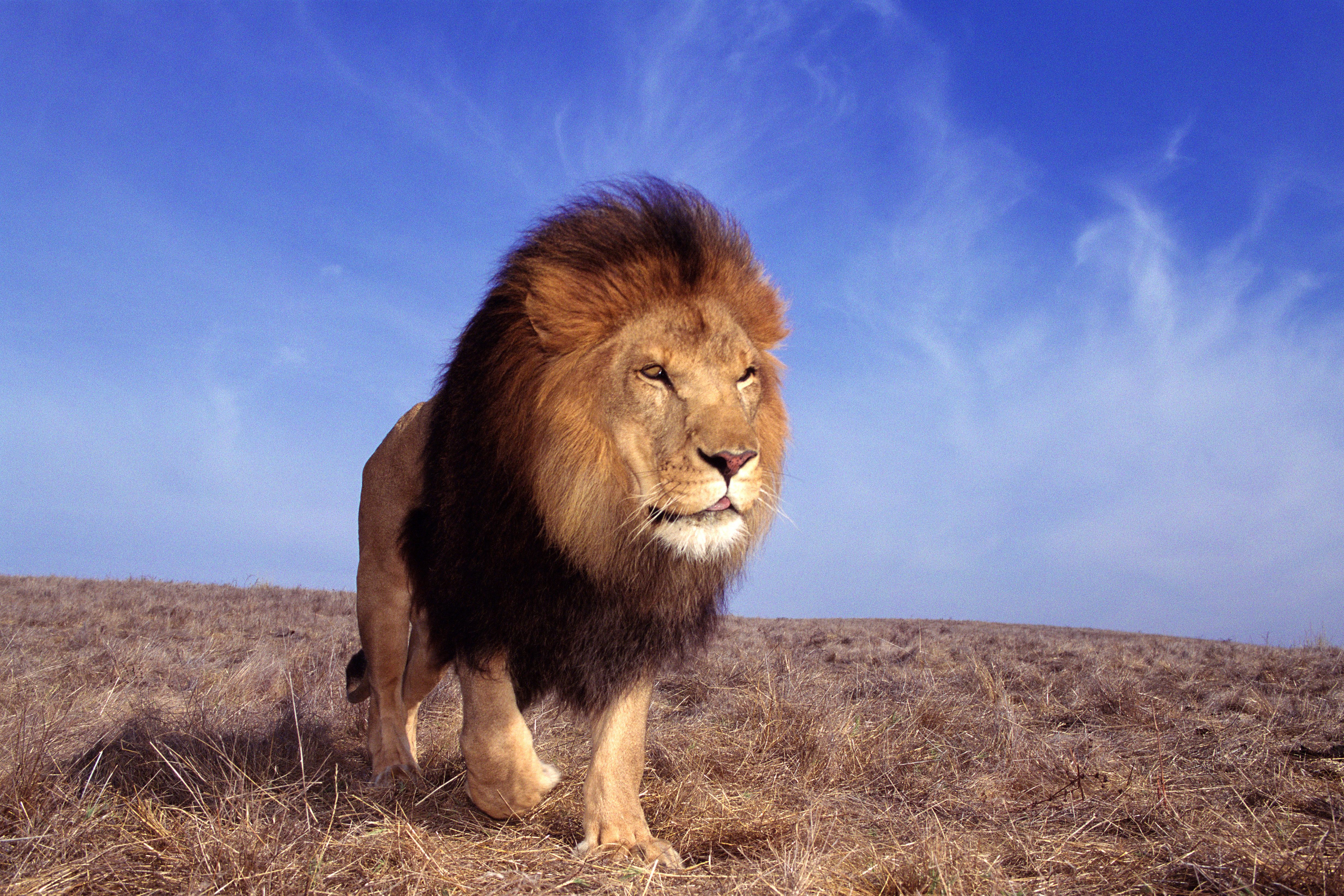
What was clear was that not a single person doubted that what attacked Thomas Gullett was an African lion. The question was: What was it doing in rural Illinois?
The world is full of cryptid sightings—strange creatures that may or may not actually exist, that may or may not have been sighted, that may or may not be hoaxes. But mixed in amongst this menagerie of fantastical, improbable beasts, one sometimes comes across depictions of what are known as Phantom Felines or Alien Big Cats (ABCs, for short). These sightings are not of new, hitherto unknown creatures, so much as known animals spotted far outside of their normal habitat.
In the sandstone mountains of Australia’s Grampians National Park and the alpine meadows of Namadgi National Park near Canberra, for example, witnesses have claimed for years to see cougars, animals found only in the Americas. Terry O’Gorman saw one in 1999, while traveling through Namadgi: “Suddenly a big black cat jumped out from bushes,” he told the Telegraph, “and ran across the track. It stood about as high as a Doberman. I hit the brakes because I thought I was going to hit it.” O’Gorman claimed it was definitely a big cat, and said that friends who worked on farms in the area all had similar stories. A government investigation into the phenomenon was called off in 2012 for lack of evidence, but stories persist of phantom cougars throughout Australia. John Feery claimed to see one in 2015; he’d been out photographing the natural splendor of the Grampians, and had just returned to his car to recharge his phone when he saw a cougar run across the road. “Ever since then I have been wondering why I didn’t stop and get out,” he told the Wimmera Mail-Times. “I had my camera, I could have gone searching for it. It’s been annoying me ever since.” (The fact that someone with easy access to a cellphone camera chose not to go after an unexplained creature and attempt to photograph it is, for me, the biggest mystery here.)
Perhaps the most famous ABC was known as the Beast of Bodmin Moor. Sightings of this creature—a fearsome, all-black catlike figure—began in the late 1970s, and continued through to the early 1990s. Caught on camera in dozens of blurry photos, and even one short video, it’s become the stuff of legend, spawning everything from children’s books to horror films. It was, locals believed, some kind of puma, an animal that has never lived in the British Isles, and they claimed it was responsible for a spate of livestock killings. Hunts and investigations were launched. Theories debunked. The tracks and sightings continued.
Do such monsters, whatever they are, qualify as “cryptids,” in the same league as Bigfoot and the Loch Ness Monster? Or are they something else? When Bernard Heuvelmans, the Belgian-French biologist, first proposed his definition for a cryptid in 1983, he argued that to qualify, an animal must be “truly singular, unexpected, paradoxical, striking, emotionally upsetting, and thus capable of mythification,” a definition that has more or less been adopted among contemporary cryptozoologists. In other words, an as-yet-undiscovered species of reptile or insect or fish cannot, by itself, count as a cryptid by Heuvelmans’s definition. The thing must, on some level, inspire awe and wonder.
By this metric, it’s hard to count ABCs, as no one has suggested that they represent some new, strange creature like the Chupacabra. For the most part, such sightings are reliably indexed to existing animals, rather than proposed new species. (Perhaps this also has something to do with the variety of felines themselves: There are so many different kinds of big cats, of various shapes and colors, that anything barely glimpsed with even a vague “catlike” appearance is going to easily map on to one species or another.)

Instead, the exceptionality of these creatures seems to be their location—they are, to cite the phrase anthropologist Mary Douglas made famous, “matter out of place.” To conjure ABCs as somehow mythical and magical is to invoke a series of questions about where an animal “belongs.” We think of an animal’s normal range, its natural habitat, and we think of any animal outside of that zone as alien in some form or another.
What makes ABCs unique is the supposition that they can somehow support themselves in ecosystems where they do not belong, and—what’s perhaps more important—they can do so without being detected. They differentiate themselves from invasive species: Rather than crowding out local fauna and destroying ecosystems, these phantom felines move silently, furtively, poaching a house cat or sheep here and there but leaving the larger landscape undisturbed.
Their stories, then, are quite different from our actual experience with invasive species. We know that, generally speaking, when new organisms move into a new environment and take hold, they do not, as a rule, confine themselves to a small, stable population that goes mostly unnoticed. Instead, they multiply and spread, taking over quickly. When a pregnant house cat escaped on New Zealand’s Stephens Island at the end of the 19th century, she and her brood devastated the population of Stephens Island Wrens, a unique species that had no natural defenses against cats and went extinct within a year. Be it lionfish off the coast of Florida, or sea lamprey in the Great Lakes, invasive species are quickly destructive.
It is this supposition that a breeding population of a large, aggressive predator could stay forever in the shadows that favors the inclusion of phantom felines in the world of cryptozoology: Their minimalist footprint, perhaps, is the striking and unexpected quality. That such a large animal could be so undetectable is surely what qualifies the ABC—should it ever exist—as a cryptid by Heuvelmans’s definition.
But what, if anything, is the real story here? The narrative of Nellie is, frustratingly, without any kind of satisfactory resolution. No lion was ever found, nor was there any kind of other plausible explanation for what happened that might have explained things. Some reports suggest that the lion had “escaped,” but from where? No zoo reported a missing animal, and African lions aren’t usually the kind of things one simply mislays.
Meanwhile, by 1995, stories of the Beast of Bodmin Moor had become so numerous that an official inquiry was opened. And while the government could not turn up anything conclusive, shortly thereafter, a 14-year-old boy found a strange skull on the banks of the River Fowey. Once again interest intensified, though an analysis by the Natural History Museum concluded that it was a leopard skull that had been imported as part of a leopard-skin rug.
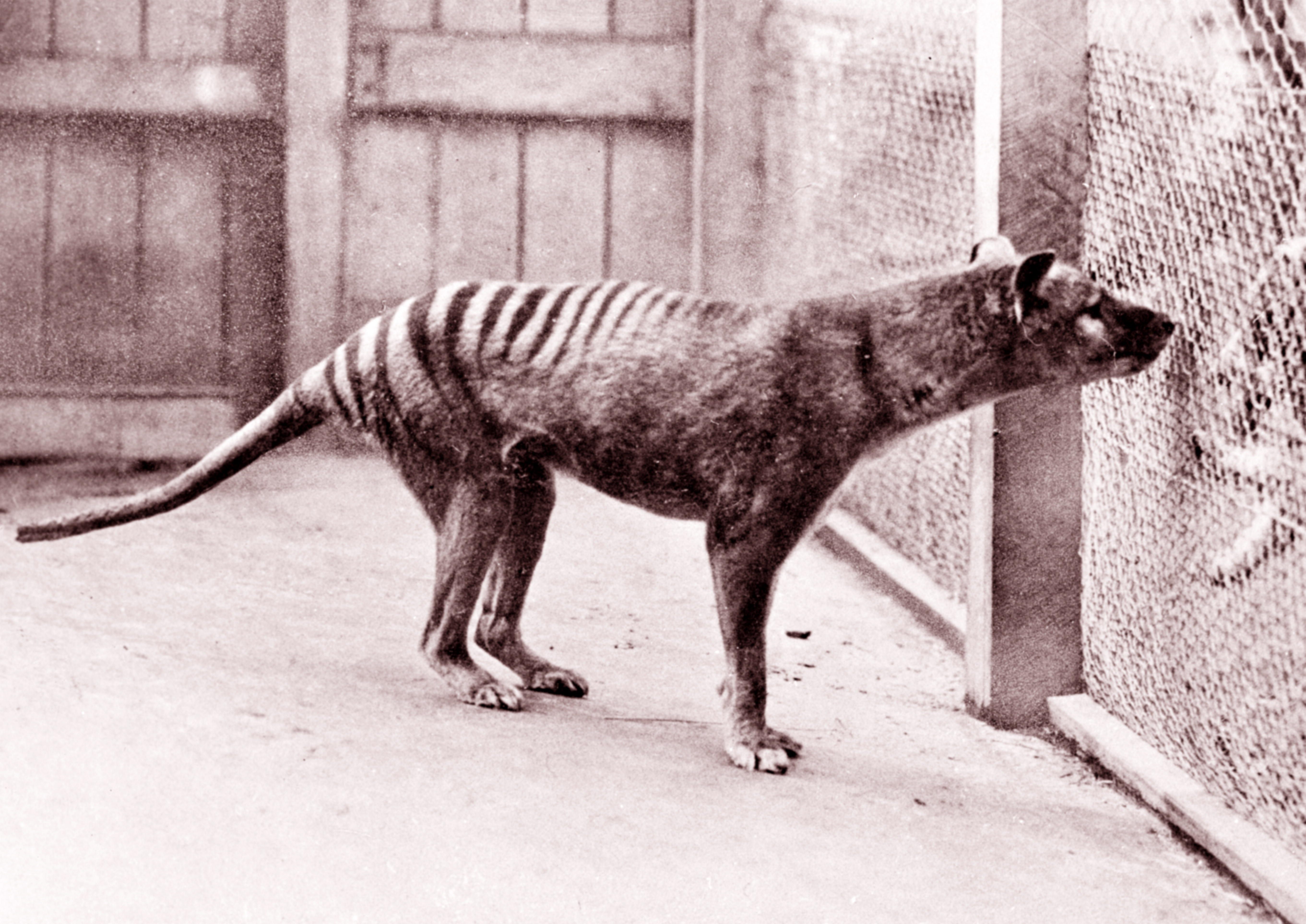
For most examples of Alien Big Cats, though, there is not only a good explanation, but a depressing one. Often it’s nothing more than humans monkeying with their environment. The Grampian pumas, if they do exist, may have been the work of 19th-century hunters who released them to kill ostriches and deer that had been introduced into the wild by Longerenong Station founder Samuel Wilson. Or they could be the descendants of pumas that were kept as mascots by U.S. military forces who were based in Australia in the 1940s; when the Americans left for home, they simply released their mascots into the Grampians.
Another possibility is that the Grampian puma might be none other than a thylacine—a perfectly normal, non-fantastical creature, but one whose presence would itself be sensational, for the thylacine has been extinct for nearly a hundred years.
Since it’s striped and carnivorous, the thylacine is sometimes given the name “Tasmanian tiger.” But there the similarities to felines end, for the thylacine instead looks more like a dog, with its long snout and perked ears. In reality, though, it is neither cat nor dog, but a marsupial, more closely related to the kangaroo or the koala. They evolved to inhabit much of Australia, but with the coming of white settlers their days were numbered: Competition from dingos, and bounties paid by farmers who didn’t want their sheep preyed upon, all took their toll. The bounties for thylacines weren’t rescinded until 1936, the year the animals became officially extinct.
The last known thylacine, named Benjamin, died from neglect while in captivity at the Hobart Zoo on September 7, 1936—two months after he had been granted full protection by the Australian government. You can see film footage of Benjamin’s final days: pacing his small enclosure, agitated and perhaps confused, but also oblivious to the tragedy of his situation.
It’s likely that Benjamin wasn’t the last thylacine; perhaps the last thylacine actually died a few years later, in the wild, unnoticed. It’s theoretically possible that they may still exist, and some continue to believe that a creature once so numerous, and so obviously resourceful, must continue to endure somehow. A mummified thylacine was discovered in 1966 in a cave on the Nullarbor Plain, and while it was initially carbon-dated as being over 4,000 years old, some have argued that it had been dead for only a few months before it was found. Some still remain on the hunt for the thylacine, but each year that we go without a definitive sighting makes it more and more likely that they are indeed extinct.
It’s a bitter pill to swallow. The search for monsters is not just a diversion and hobby; it’s also a kind of lament, a denial of a kind of tragedy that is our relationship to the natural world, and a belief—a hope against hope—that our destruction of the world may not be irreversible. It seems that ABCs, to the extent they exist at all, are likely the result of human carelessness: transported as pets or novelties, and then released or allowed to escape into the wild, with no further thought given to their future. But with ABCs and similar cryptids, the human work of spreading invasive species is here forgiven, or at least transmuted into a new idea. Cryptids, after all, are not seen as invasive species. Rather, they are treated as magical, secret interlopers—frightening and alluring.
Officially, the Beast of Bodmin Moor is thought to be nothing other than a perhaps abnormally large house cat. But a law introduced in the 1970s making it illegal to keep exotic animals as pets may have also spurred a number of private citizens to release such animals rather than pay the fines associated with them. And recently, one particular culprit has emerged as perhaps the responsible party behind the sightings and myths. In 2020, Danny Bamping of the British Big Cats Society stated his belief that the legend was likely the result of actions taken by circus trainer Mary Chipperfield. Chipperfield, who was born in a circus caravan in 1937, grew up working with animals for her father’s show, eventually also providing animals for film productions. She and her husband helped create the Longleat Safari Park and for a time owned a zoo in Plymouth. In 1999, she was found guilty of animal cruelty for mistreatment of animals, including an infant chimpanzee, in one of her circuses.

When the Plymouth Zoo closed down in 1978, she arranged to transfer five of her pumas to nearby Dartmoor Wildlife Park. But when the cage arrived at Dartmoor, it contained only two animals. Chipperfield told officials that the other three had escaped, but later confessed that she had released them on to the moors, offering them freedom instead of further life in captivity. As Bamping told reporters in 2020, “She wasn’t even obliged to report it because releasing exotic species wasn’t even illegal until 1981. It was just brushed under the carpet and never talked about. It has never come out until now.”
To the extent Alien Big Cats exist, then, they are not the result of the hidden, wondrous workings of nature, but the unexpected, in some cases inexplicable actions of humans. Releasing animals into the wild outside their natural range, leaving them either to starve or to exist by predating on livestock and pets—what motivates such behavior? While it seems the most likely explanation for most Alien Big Cat sightings, its likelihood makes it no less befuddling.
Once again, it seems, when we peer into the wilds that surround us, what we find most singular, unexpected, paradoxical, striking, and emotionally upsetting may be our own behavior.
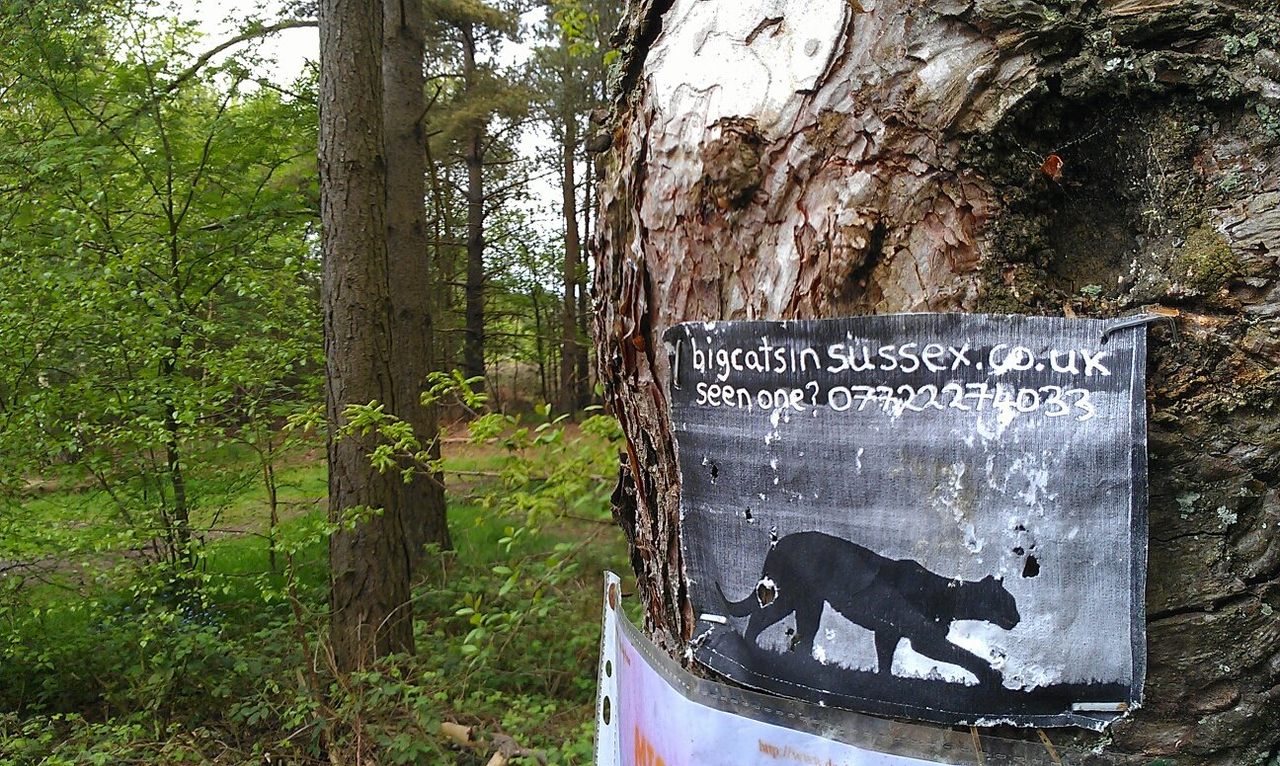


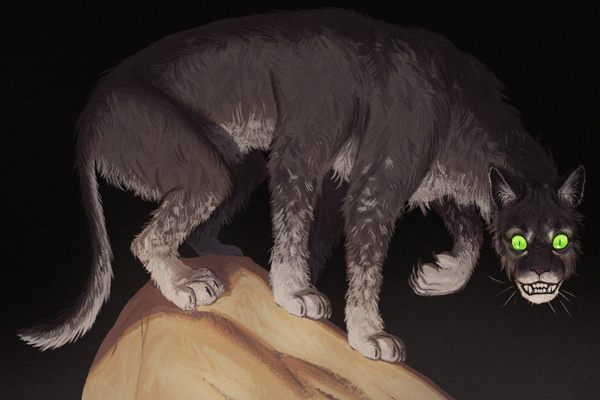
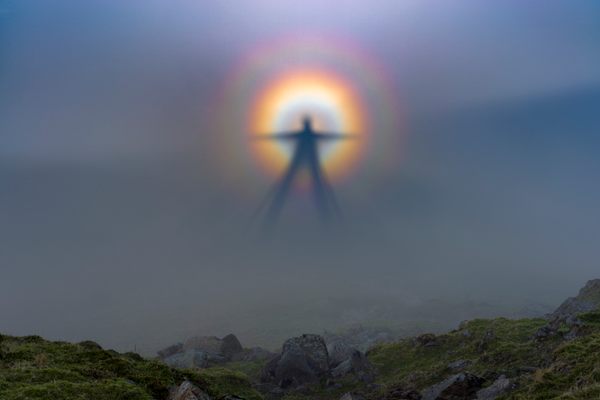





Follow us on Twitter to get the latest on the world's hidden wonders.
Like us on Facebook to get the latest on the world's hidden wonders.
Follow us on Twitter Like us on Facebook